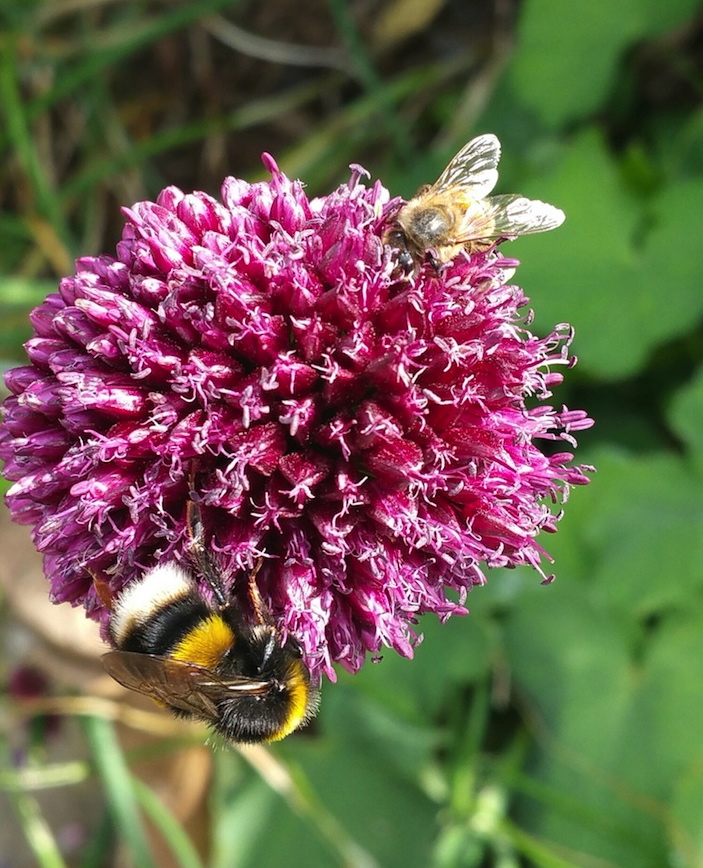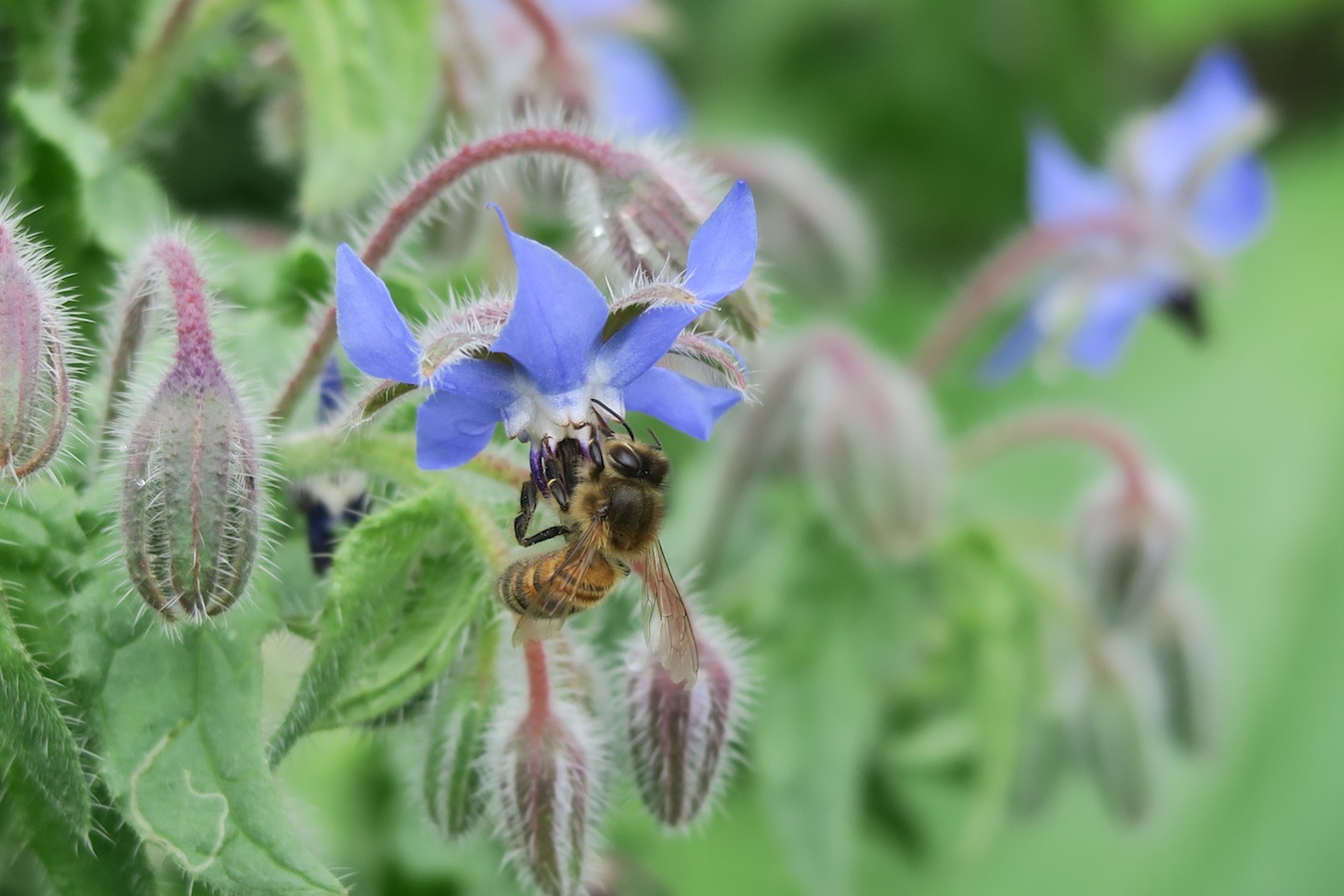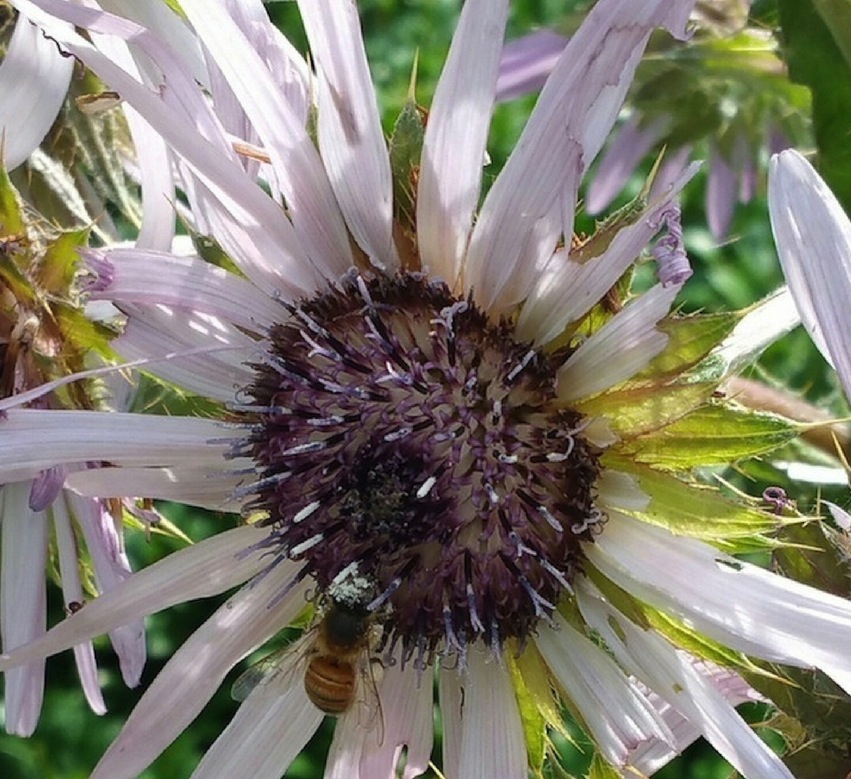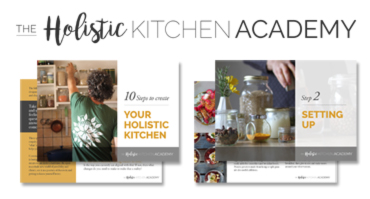
Gardening for Bees
by Jo Tytherleigh
Bees are a vital part of our food chain, pollinating most of the fruits and vegetables that we eat. Since they do so much for us, we ought to be doing our very best to help them.
Some Bumblebee species come out of hibernation with the first warm rays of sunshine in early February. At this time of year, the Queens must quickly find food as they have been tucked away underground asleep for several months. Honeybees will also begin to forage again, on sunny days when the tempartures warm a little.
They rely on early spring flowering plants. These provide protein rich pollen and carbohydrate loaded nectar, giving them the energy to survive and for Bumblebees to create new colonies.
So what can we do to help?
Often, recommendations for bee friendly plants to put into our gardens are nearly all summer flowering herbs, like Lavender and Salvia. It is true these are great plants for bees to forage from. However, they don’t flower until July, several months after bees need food.
The key to creating a garden full of bee forage is to try and provide something for every season, right from the very early spring up to and beyond autumn.
Start with early spring bulbs like snowdrops, aconites and crocus. Move into spring flowers like Pulmonaria and forget-me-nots to tide the bees over until some of the early fruit blossoms begin.
When you are thinking about which plants to sow and grow, think first about the bees. So many flowers and plants sold in garden centres are pretty useless to bees and other pollinators. Particularly the gaudy summer bedding plants that many people are enticed into filling their gardens with during the summer months. Look for plants that say they are ‘perfect for pollnators’.
As we move from spring to summer there are still many flowers that will be in bloom long before the Lavender begins. Alliums in their many shapes and forms, Cerinthe and Knautia, are all invaluable bee fodder.
Bees are attracted to the colours blue and white.
They see in ultraviolet spectrum from 600-300nm, the colours of blue green, blue, violet and ultraviolet. So this is something to bear in mind when choosing plants for your bee friendly garden.
Our Field to Fork blogs are tasters of what we explore on our live courses at Harewood Farm, near Calstock in East Cornwall. Here we talk more about planting for bees and include tours around our courtyard garden, planted entirely with bee friendly plants throughout the seasons.





